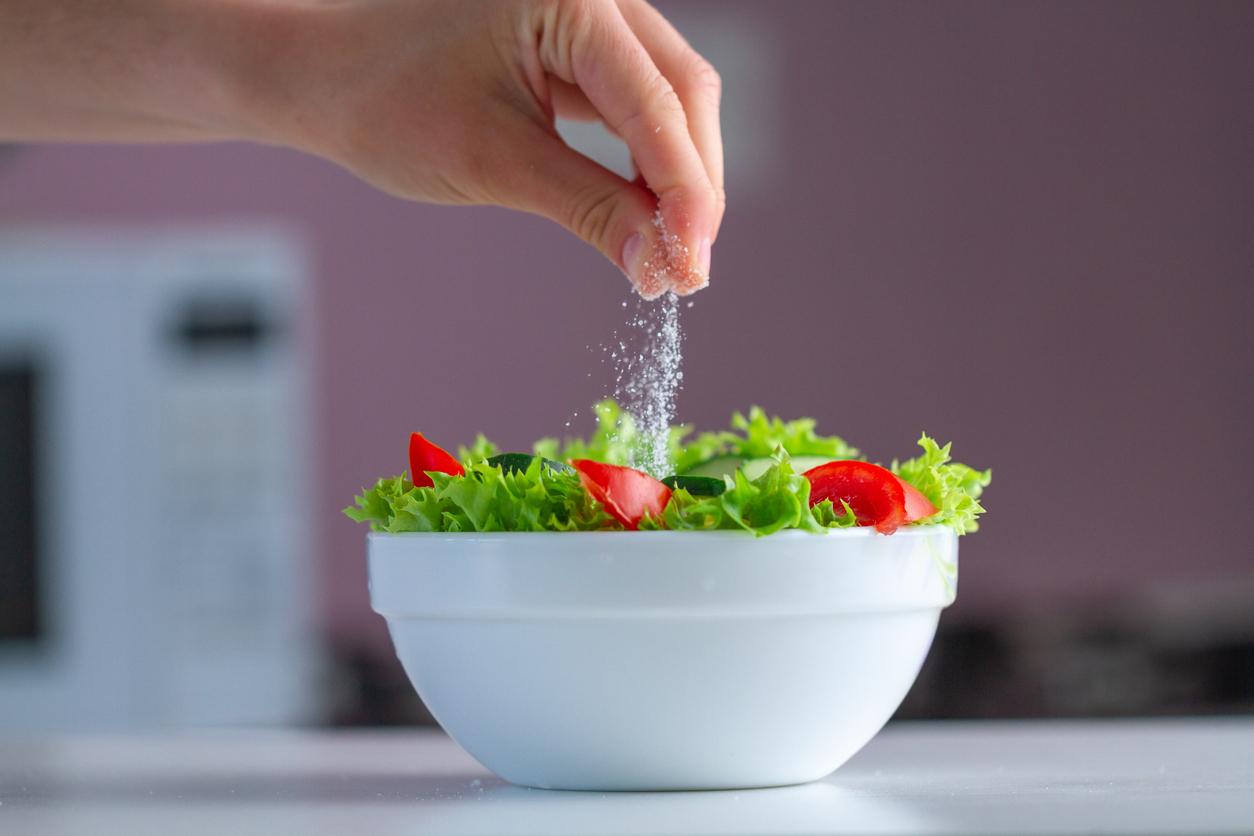
November 3, 2010 – Eating more foods rich in potassium would be as beneficial as reducing salt (sodium) intake in lowering the risk of hypertension.
The data1 involving 1,000 people from 21 different countries indicate that the daily potassium intake ranges from 1.7 g to 3.7 g, well below the 4.7 g recommended by public health authorities.
In Canada and France, where the observed intakes reach 3.1 g and 3 g per day, respectively, there is a daily potassium deficiency of about 1.7 g.
More potassium, fewer deaths
According to researchers who analyzed data from 21 countries, increasing potassium intake to 4.7 g per day in observed populations would decrease systolic pressure from 1.7 mmHg to 3.2 mmHg.
“This reduction is similar to what one could achieve by reducing the daily salt intake from 9 g to 5 g in these countries,” they write.
According to them, this would result – in the general population – a decrease in blood pressure which would reduce the risk of death by cerebrovascular accident (stroke) by up to 15%, and the risk of dying from a stroke by up to 11%. heart disease.
This is why they recommend that public health authorities support efforts to reduce sodium consumption by increasing potassium intakes.
|
Foods high in potassium (milligram content, per serving) * |
|
|
White beans, cooked (250 ml – 1 cup) |
1189 mg |
|
Potato with peel, baked (175 g) |
1,081 mg |
|
Canned clams |
628 mg |
|
Potato without peel, baked in the oven |
610 mg |
|
Mashed tomatoes, canned (125 ml – ½ cup) |
580 mg |
|
Banana (120 g) |
422 mg |
* For a more complete list, see our Top Sources of Potassium list.
Martin LaSalle – PasseportSanté.net
1. van Mierlo LA, Greyling A, Zock PL, et al, Suboptimal potassium intake and potential impact on population blood pressure, Archives of Internal Medicine2010 Sep 13, 170 (16): 1501-2.














